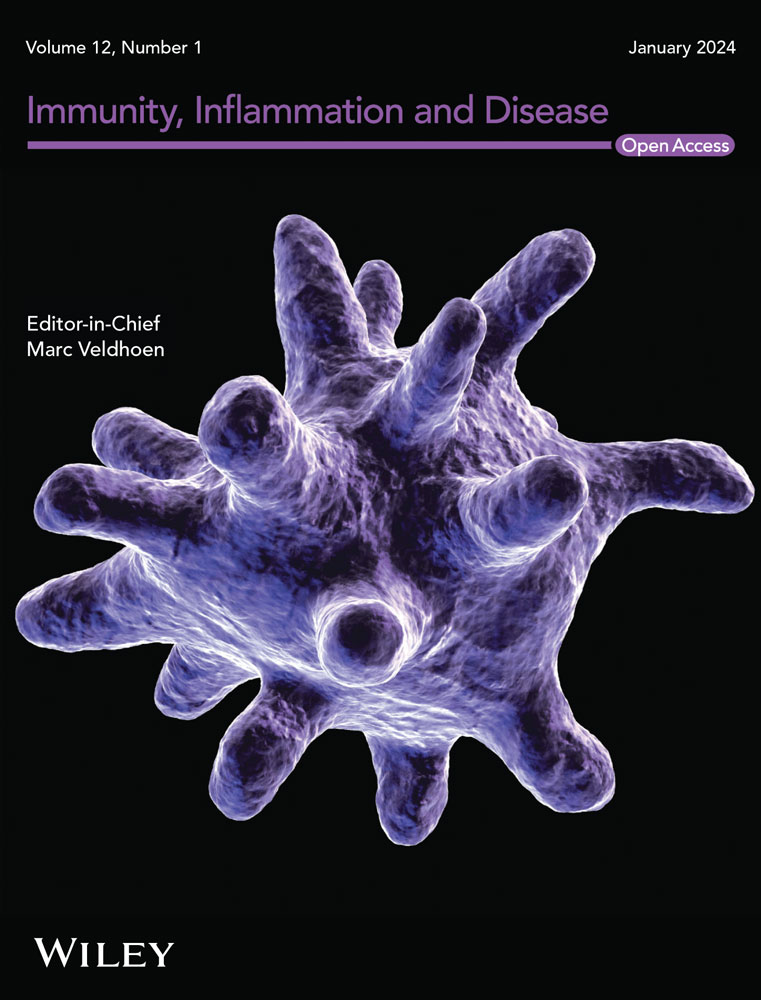Predictive Value of MHR, PLR Combined With NLRP1 for Severity and Long-Term Prognosis in Premature Coronary Artery Disease
Abstract
Objective
To investigate the predictive value of platelet to lymphocyte ratio (PLR), monocyte to high-density lipoprotein ratio (MHR) combined with nucleotide binding oligomeric domain like receptor protein 1 (NLRP1) for the severity of premature coronary heart disease (PCHD) and its 2-year long-term prognosis.
Method
A total of 132 patients with PCHD examined in our hospital from February 2020 to January 2022 were retrospectively selected as the research objects. All patients who met the criteria were divided into mild group, moderate group, and severe group according to the severity of PCHD. The patients were followed up for 2 years. Patients were then divided into good prognosis group (without adverse cardiovascular events, n = 96) and poor prognosis group (with adverse cardiovascular events, n = 36). The predictive value was evaluated by ROC curve and multivariate logistic regression analysis.
Results
Compared with the mild group, the levels of MHR, PLR, and NLRP1 in the moderate group and the severe group were significantly increased (p < 0.05). The levels of MHR, PLR, and NLRP1 in the poor prognosis group were higher than the good prognosis group (p < 0.05). The area under the curve (AUC) of MHR, PLR, and NLRP1 alone and in combination for predicting the 2-year long-term prognosis of patients was 0.787, 0.653, 0.869, and 0.926, respectively. Combined markers showed superior predictive accuracy (p < 0.05). After adjusting for confounding factors such as treatment, comorbidities, weight, gender, and smoking, MHR, PLR, and NLRP1 were independent risk factors for severe progression and poor prognosis of PCHD (p < 0.05).
Conclusion
MHR, PLR, and NLRP1 were increased in patients with higher severity of PCHD and poor prognosis. The combined detection has certain clinical guiding value for PCHD. However, this study was a single-center retrospective study with a small sample size. Thus, the results need to be further verified.


 求助内容:
求助内容: 应助结果提醒方式:
应助结果提醒方式:


